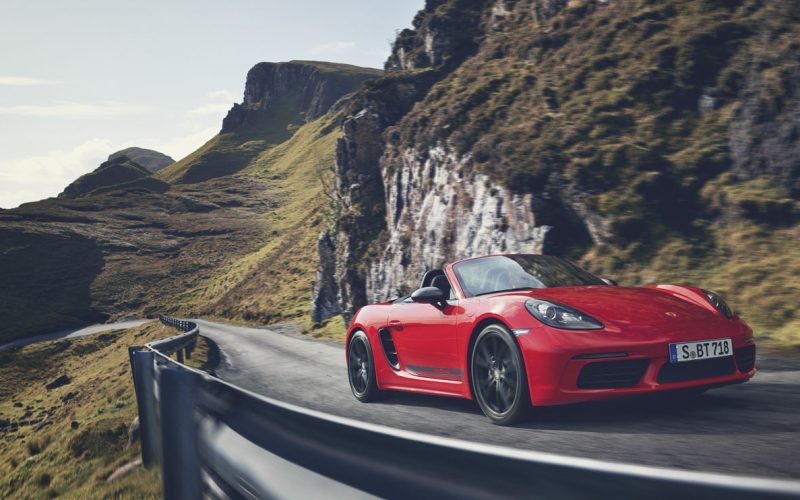
Reading Time: 4 minutesUp to this point Porsche has offered its 718 Cayman coupe and 718 Boxster roadster in
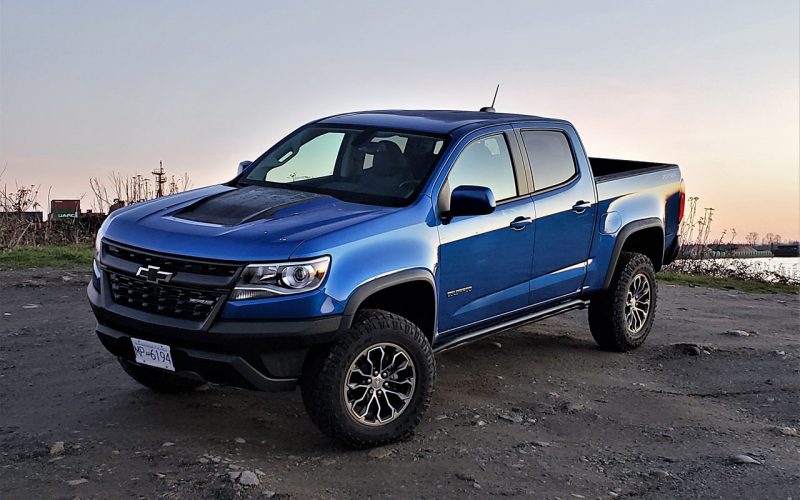
Reading Time: 5 minutesWhich would you rather have, one of Chevy’s ultra-rugged off-road racing replica Colorado ZR2 pickup trucks
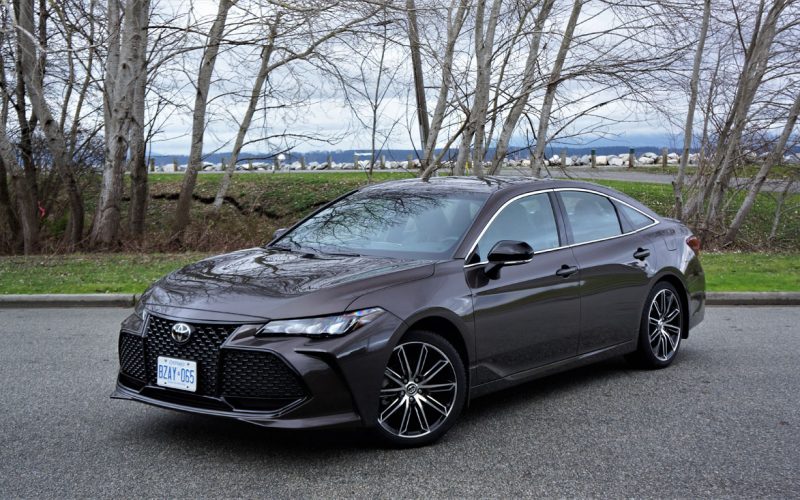
Reading Time: 9 minutesLovers of big full-size four-door cars aught to be giving Toyota a collective slap on the
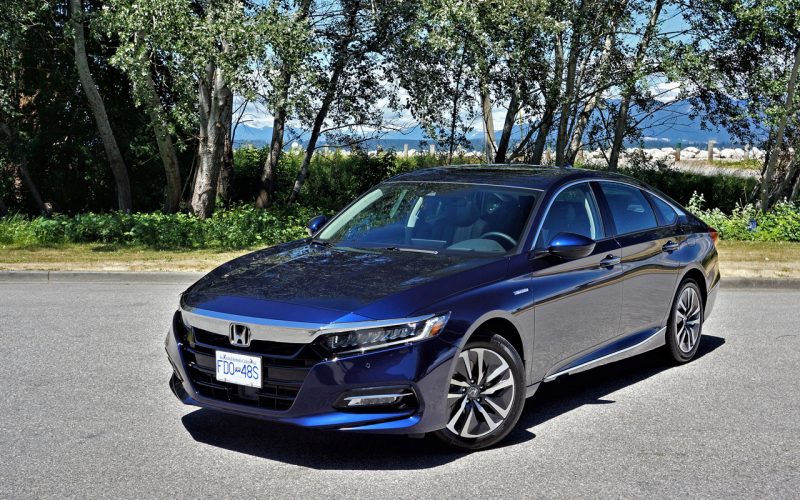
Reading Time: 16 minutesI said this before and I’ll say it again, the new Accord is the most attractive
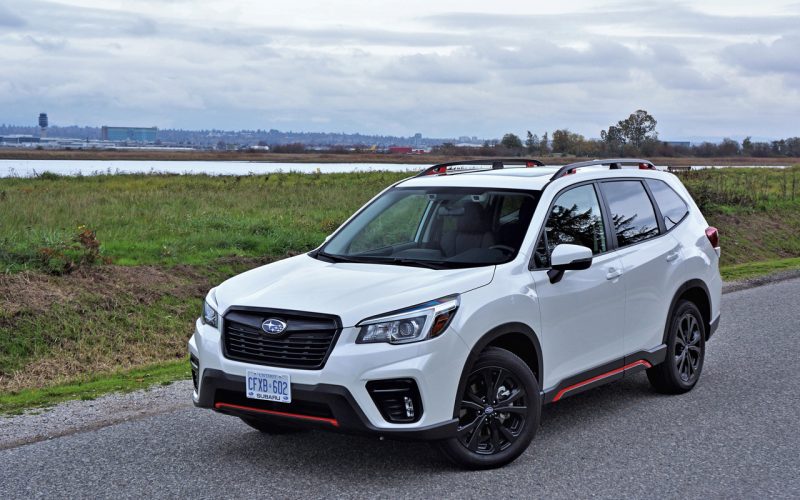
Reading Time: 13 minutesAs you may have noticed, orange is all the rage as far as fashion colours go.
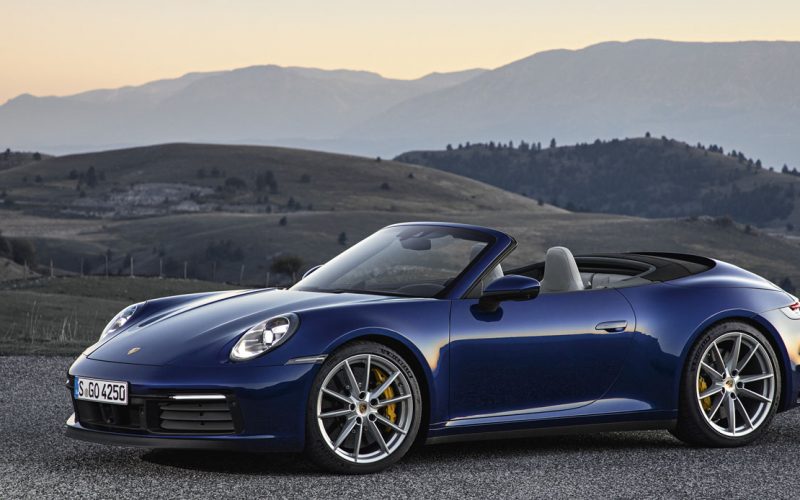
Reading Time: 6 minutesThe 911 Cabriolet has been with us so long it seems as if it’s always been
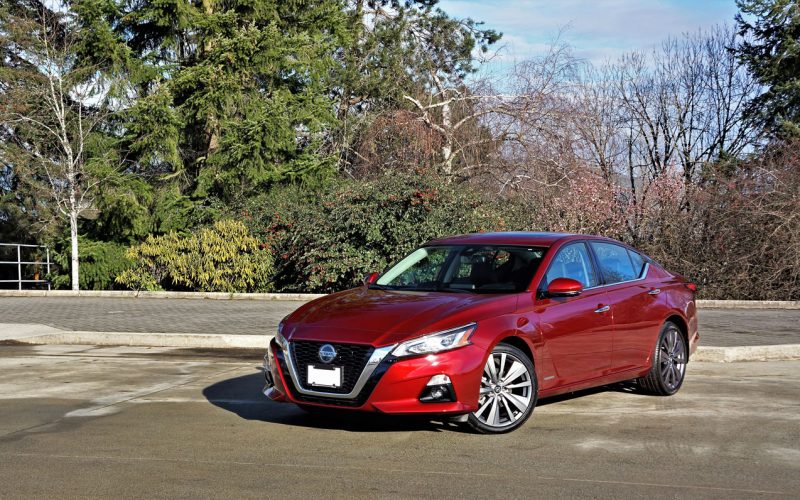
Reading Time: 13 minutesNissan’s Altima has long placed mid-pack in popularity amongst the dozen or so mid-size family sedans
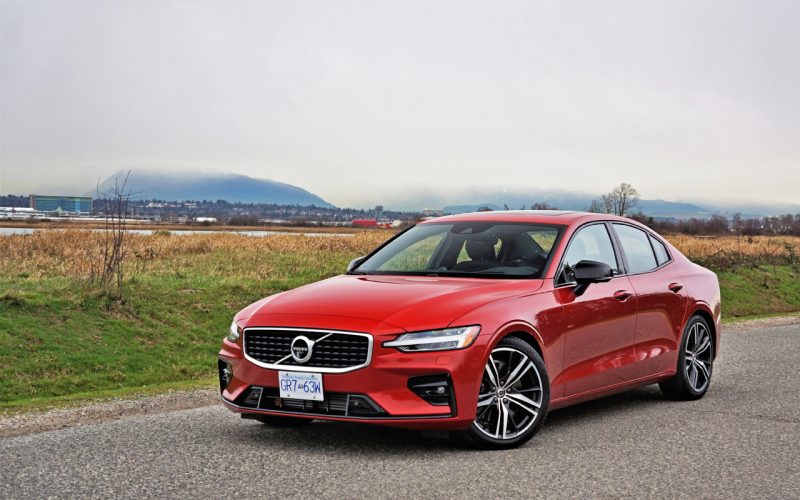
Reading Time: 10 minutesIn our garage this week is the all-new 2019 Volvo S60 in its sportiest R-Design trim.
© 2025 The Car Magazine. All Rights Reserved, Privacy Policy | Terms of Use